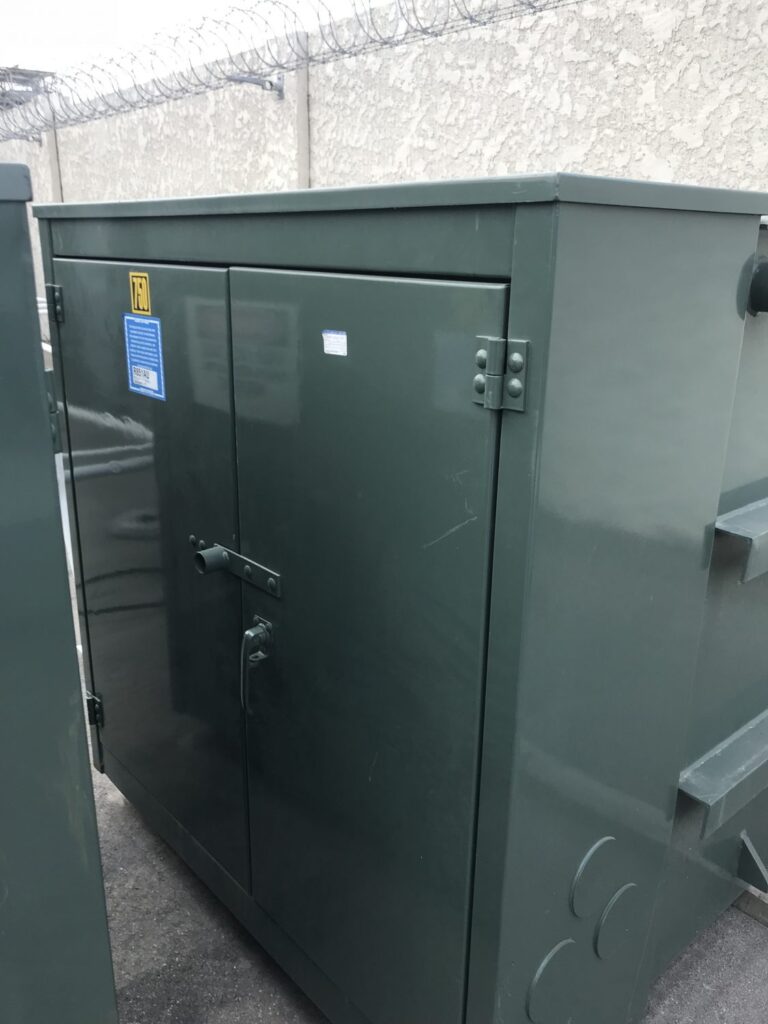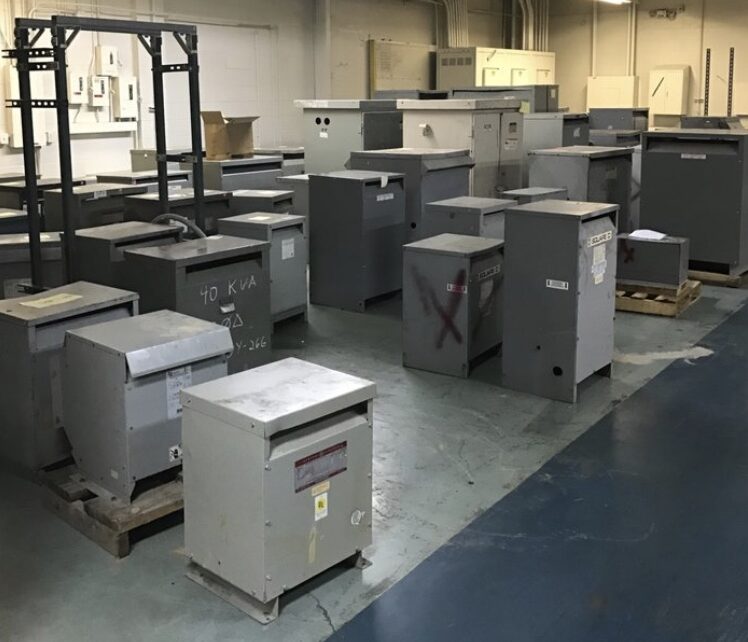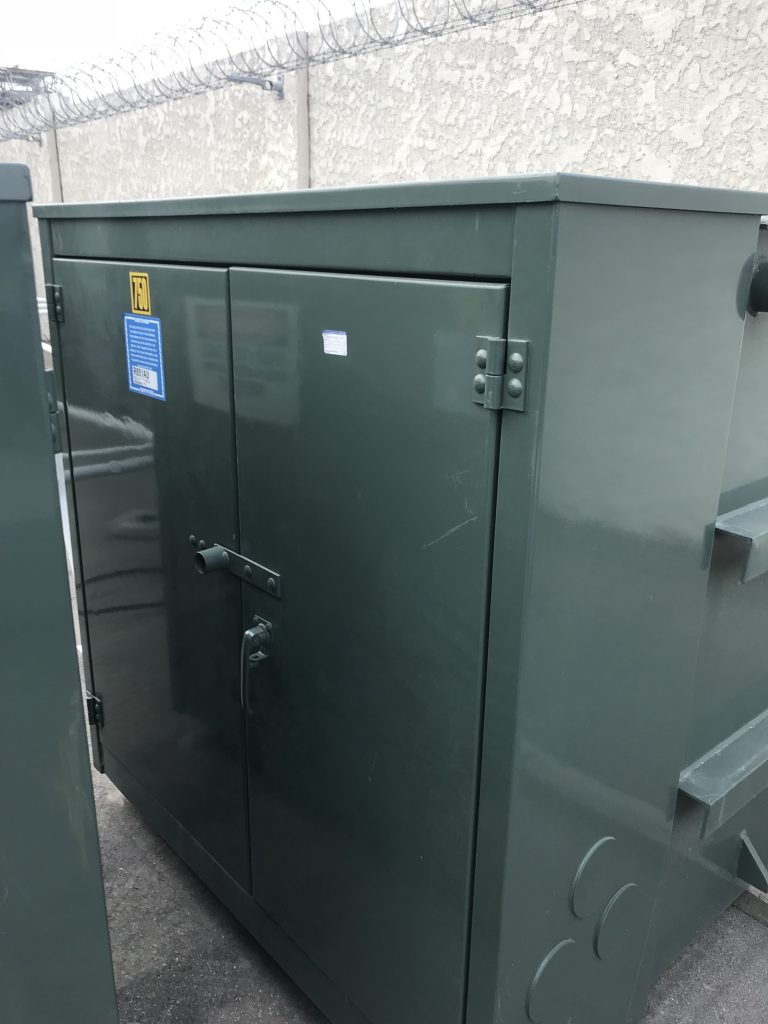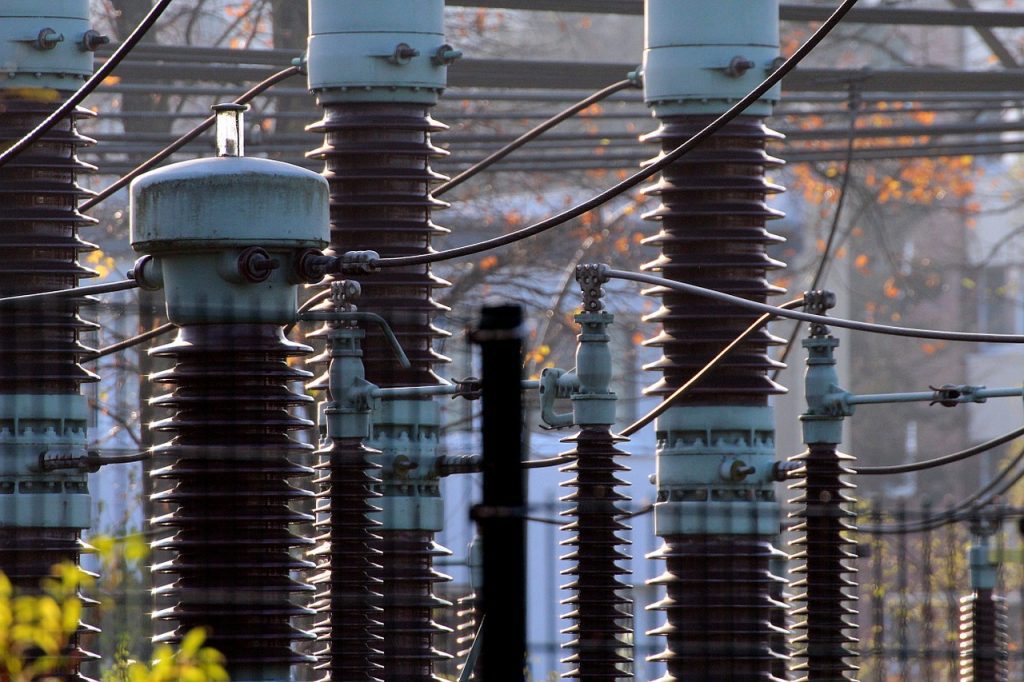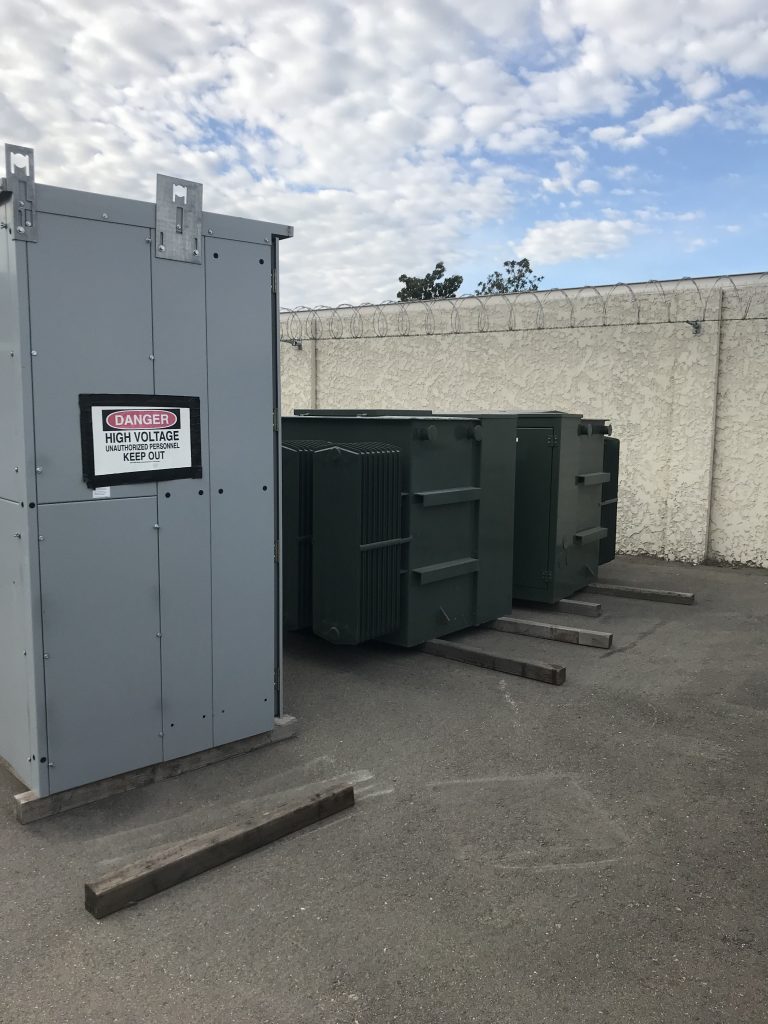Sizing Transformers for Cryptocurrency Mining
Call (951) 733-6603 | Electrical Surplus Buyers
Sizing transformers for cryptocurrency mining requires meticulous attention to specific technical specifications to ensure efficiency, safety, and optimal performance. Cryptocurrency mining, characterized by its high energy demand, necessitates transformers that can handle substantial electrical loads while maintaining stability and efficiency. This blog provides a detailed guide on the essential specifications required for sizing transformers in crypto mining operations. If you are involved in the crypto mining sector and are contemplating upgrading your transformers, or if you’re looking to sell your existing transformers, our company is equipped to offer expert advice and competitive solutions tailored to your needs.
To begin, the total power requirement of the mining setup must be accurately calculated. This involves summing up the wattage of all mining rigs, which can range from several hundred to thousands of watts per unit, alongside auxiliary systems like cooling and ventilation. A critical specification here is the transformer’s kVA rating, which must exceed the total calculated load to accommodate future expansions and ensure reliability. For instance, if the total load is 150 kW, a transformer with a minimum of 200 kVA would be advisable, considering a buffer for efficiency losses and load fluctuations. Transformers’ efficiency, typically ranging from 95% to 98%, plays a vital role in operational cost savings, making high-efficiency units a preferable choice. Additionally, power factor, ideally close to 1, should be factored into the calculation to avoid unnecessary oversizing and additional costs.
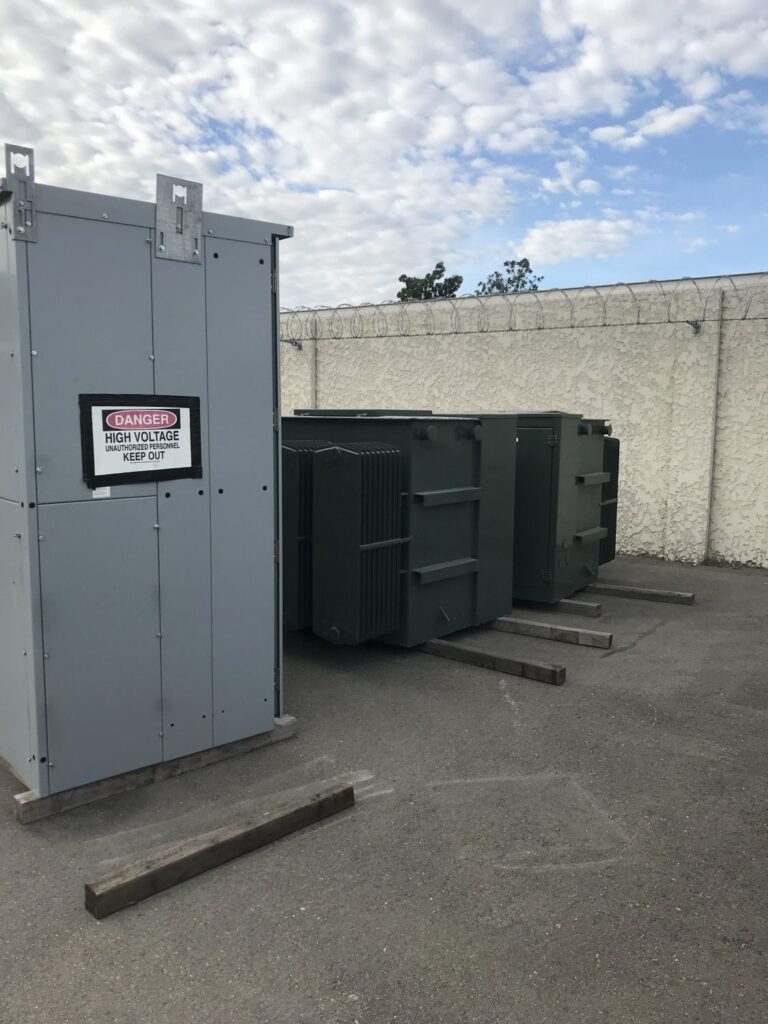
Don’t’ Have Time For Sizing Transformers for Cryptocurrency Mining?
Call (951) 733-6603 | Sell Us Your Surplus Transformers
The next layer of specifications revolves around the electrical supply quality and environmental conditions. Voltage regulation capabilities are crucial, given the sensitivity of mining rigs to voltage fluctuations. A transformer with a voltage regulation of +/- 5% is typically sufficient to buffer against grid inconsistencies. Furthermore, ambient temperature and cooling requirements are vital considerations. Transformers generate heat, and in a crypto mining environment where heat management is already a challenge, a transformer with a robust cooling system (like ONAN – Oil Natural Air Natural) is essential. The unit should also have a temperature rise specification, usually around 150°C for the winding temperature rise above ambient, ensuring it operates within safe thermal limits.
Safety and compliance with local electrical codes are paramount. Transformers should have adequate insulation (typically Class H insulation for high-temperature tolerance) and robust grounding capabilities. Short circuit and overload protection specifications, such as circuit breakers rated for the transformer’s full load current, are necessary for safeguarding the equipment. Adherence to local electrical standards and regulations, including IEEE or IEC standards, is non-negotiable for operational legality and safety. For those managing or planning to launch a crypto mining operation, understanding and meeting these specifications is crucial for a successful setup. If you are looking to enhance your crypto mining facility with suitable transformers, or if you wish to sell transformers that no longer align with your operational requirements, our company is ready to assist. We provide expert consultation for selecting transformers that meet your specific needs in terms of power capacity, efficiency, safety, and regulatory compliance. We also offer competitive options for selling your used transformers, aiding you in optimizing your operations for maximum efficiency and profitability.

Lost Money in Crypto Mining and Want To Sell Your Transformers?
Call (951) 733-6603 | We Pay Top Dollar for Transformers
In summary, selecting the right transformer for cryptocurrency mining involves a careful analysis of power requirements, electrical supply quality, environmental conditions, and safety standards. Understanding and adhering to these specifications ensures the efficiency, safety, and compliance of your mining operations. If you’re involved in the cryptocurrency mining industry and require assistance with transformer sizing or wish to sell your existing transformers, contact our company for specialized guidance and tailored solutions. Our expertise in transformers will empower you to make informed decisions, enhancing the operational efficiency and safety of your cryptocurrency mining venture.



